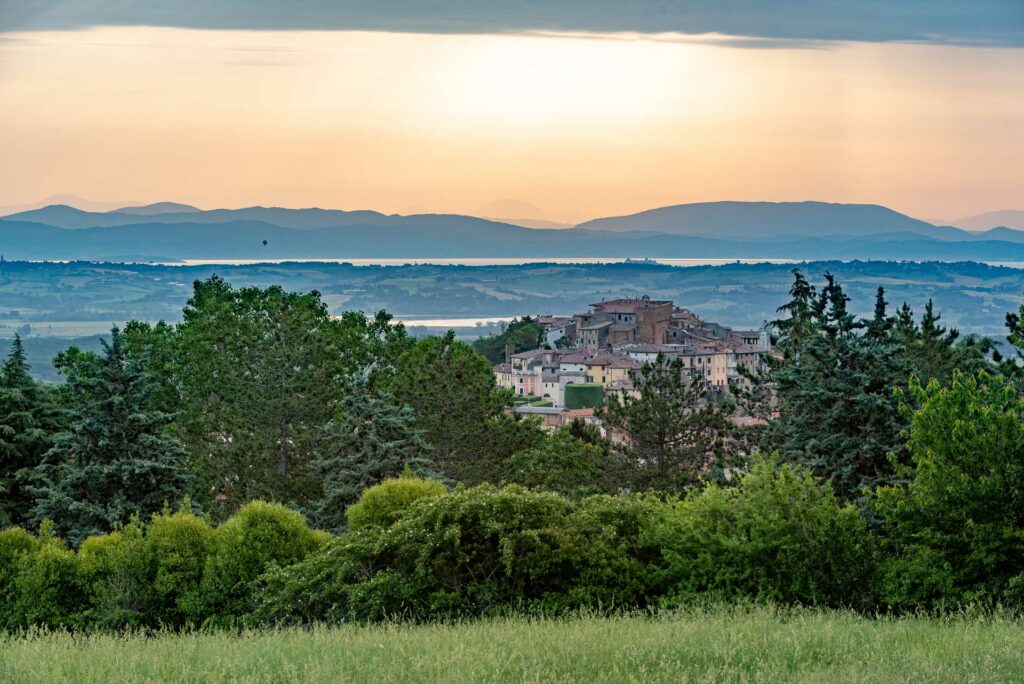According to Hesiod’s Theogony, the Etruscan princes, who were related to the first witch Circe in Greek mythology, guarded the secret of the thermal baths located between Chiusi and Chianciano. Even in those times, miraculous healings were recorded there. In the 6th century BC, the great Etruscan king Porsena appreciated Chianciano thermal baths, as confirmed by some ancient tablets.
According to the testimonies of Varrone, Tibullo, and Orazio, during the period of the Roman Empire Terme di Chianciano became famous. Also, the Via Cassia was an important route that led directly from Arezzo to Chiusi. On the small hill called Sillene, bath plants’ remains, lead pipes, a beautiful bronze statue called “Apollo salute”, a stone statue called “Mater Matuta” and the chariot of Diana Sillene (III-IV century BC) have even been found. Today all these artifacts are housed in the Florence archaeological museum.

